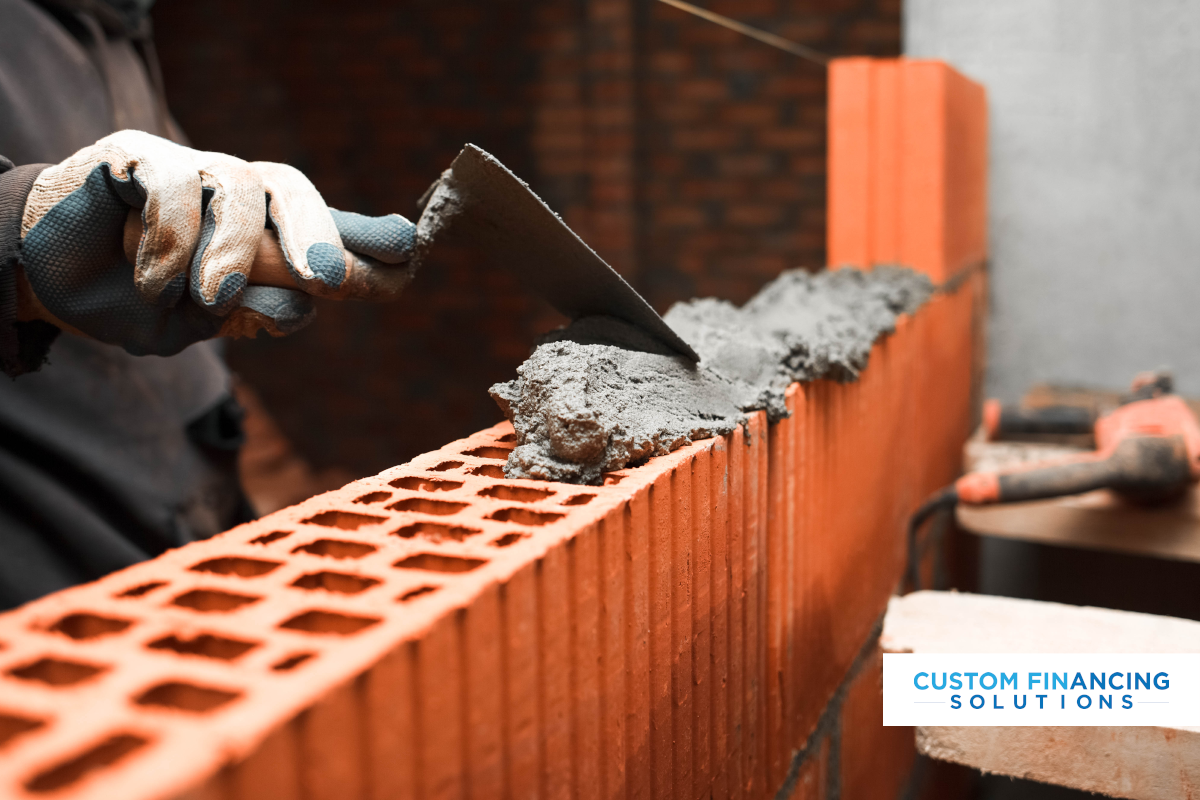The surfaces built with stone, brick, or concrete are known as masonry surfaces. These are widely used in the construction and remodeling industry due to their strength and resistance. When compared to others, masonry construction is also a cheaper option.
They look great as long as they are maintained well. Not only is damaged masonry a sore sight, but it can also be more burdensome to repair than wood.
The common tools for this repair include- raking tool, caulk, chisel, jointing tool, patching compound, etc. Knowing this form of repair is important. That is why we have compiled some ways to repair masonry surfaces.

Narrow Cracks In Concrete
Concrete blocks are tough. Wear and tear doesn’t cause it to break apart but it can surely crack. Cracks of up to ¼ inch in width can be fixed by directly applying caulk. After application, let it dry. Paint them over with the original paint of the surface around it for a clean finish.
Wide Cracks In Concrete
While some can be solved that easily, other cracks could be wider than others. Caulk can be used to a good effect, but the width could cause problems. It is suggested to first use a chisel to make the crack wide at the bottom. This will hold the patching material better. After that, you can use a caulk gun to apply a thick layer or use patching mortar. The residue should be cleaned after the work is completed. Clean-up is important, especially if the repairs are carried over a large area.
Patching An Area
Damage more than a few cracks here and there calls for patchwork. A patchwork involves mending a specific area. Assess the situation to determine the amount of patching mortar required. Patching mortar is formulated epoxy that rejuvenates the strength. Make sure to remove any previous mortar before applying a fresh coat.
Mist the area with water and then proceed to fill it up with patching mortar. Allow drying before painting. Another complaint you might receive from your clients is spalled concrete; keep these tips in mind to fix that.
Repairing Stucco
Stucco is a fine plaster material used in construction. It has a rough-type of finish to it. Cracks formed in stucco often meet with the other, causing a chunk of it to fall off.
Start the repair by cleaning the area with a wire brush till all loose pieces are removed. Using a powered blower to blow out the excess dust and debris helps too. Use a trowel and putty knife to apply stucco to the desired area. Apply 2-3 layers until it is in level with the adjoining area. Use a wire brush to roughen up the texture of the final coat. This will blend it with the surrounding. If the final step is not done properly, the repair will stand out. You can also add clumps of material later on to improve the texture resemblance.
Bonus Tip: Flaking on a large area can be repaired by applying a thin layer of patching mortar on the entire surface.
Following these will help you do a decent repair for your client. Even the materials resistant to harsh climate sometimes require repair.
Our blogs at CustomFin will help you learn ways to improve your skillset. We also link with contractors to provide financing to their clients.









